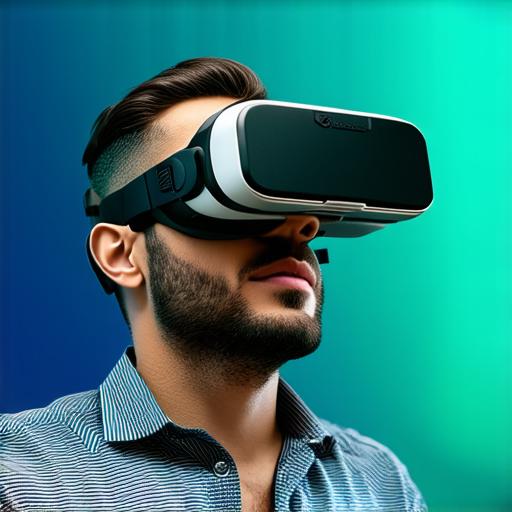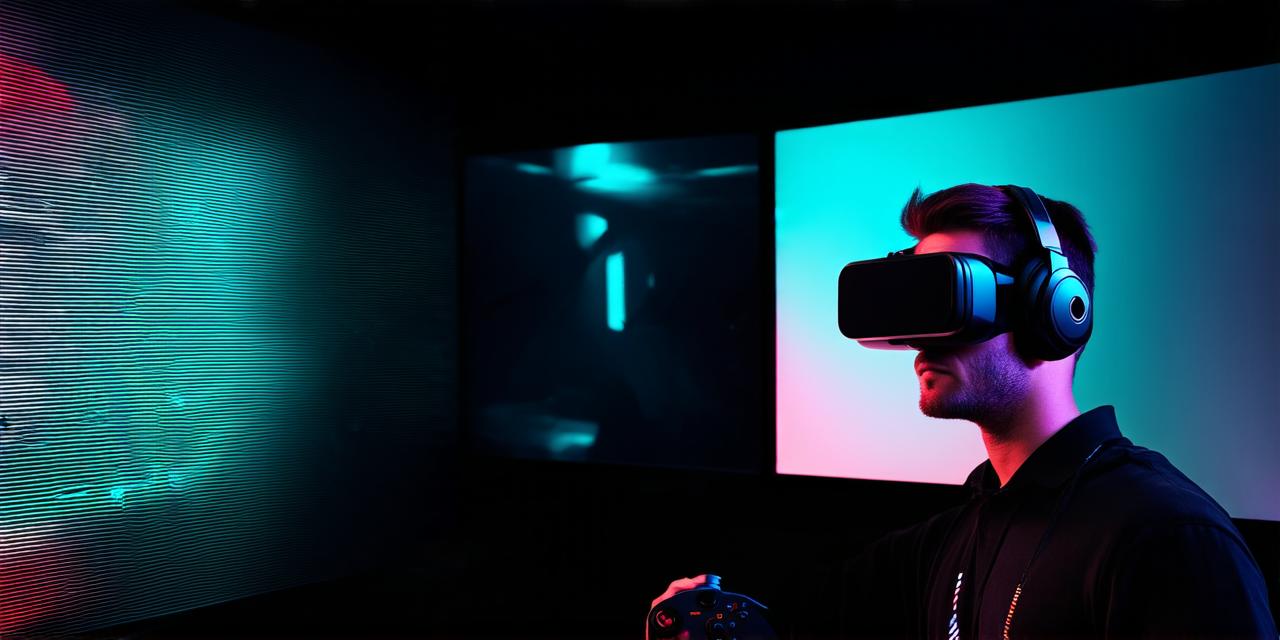Virtual reality exposure therapy (VRET) is a type of therapy that uses computer-generated simulations to expose patients to anxiety-provoking situations or objects in a controlled environment.

How does it work?
VRET works by creating a simulated environment that replicates the real-world situation or object that triggers the patient’s anxiety. The patient wears a headset or other wearable device that tracks their movements and provides them with a realistic, immersive experience of the stimuli.
The therapist then guides the patient through the simulation, gradually increasing the intensity of the stimuli as the patient becomes more comfortable. This process is repeated over multiple sessions, allowing the patient to gradually desensitize to the stimuli and overcome their anxiety.
What are the benefits of VRET?
VRET has several potential benefits for patients with anxiety disorders. Some of these include:
- Reduced anxiety: By gradually exposing patients to their fears in a controlled environment, VRET can help reduce their overall level of anxiety.
- Improved coping skills: VRET can help patients develop new coping strategies and techniques for dealing with anxiety-provoking situations.
- Increased flexibility: VRET can be tailored to fit the specific needs of each patient, allowing them to address their fears and anxieties in a way that is both effective and flexible.
- Reduced cost: VRET can be less expensive than traditional exposure therapy, as it does not require the use of physical stimuli or specialized equipment.
- Increased accessibility: VRET can be done in the comfort of the patient’s own home, making it more accessible for patients who live far from a therapist or have mobility issues.
What are some potential drawbacks of VRET?
While VRET has several potential benefits, there are also some potential drawbacks to consider. These include:
- Technical limitations: The technology used in VRET can be limited, and some patients may find the simulations to be less realistic or engaging than real-world situations.
- Cost: While VRET can be less expensive than traditional exposure therapy, it still requires specialized equipment and software, which can be costly for some patients.
- Limited generalization: Some patients may find that the skills they learn in VRET do not generalize to other anxiety-provoking situations or objects.
- Lack of social interaction: VRET does not provide the same level of social interaction as traditional exposure therapy, which can be an important aspect of treatment for some patients.
- Potential for triggering: Some patients may find that the stimuli used in VRET trigger their anxiety in unexpected ways, potentially leading to a worsening of symptoms.
In conclusion, virtual reality exposure therapy is a promising new approach to treating anxiety disorders. While it has several potential benefits, there are also some potential drawbacks to consider. As with any treatment, it is important to carefully evaluate the individual needs and circumstances of each patient before deciding whether VRET is the right choice.
